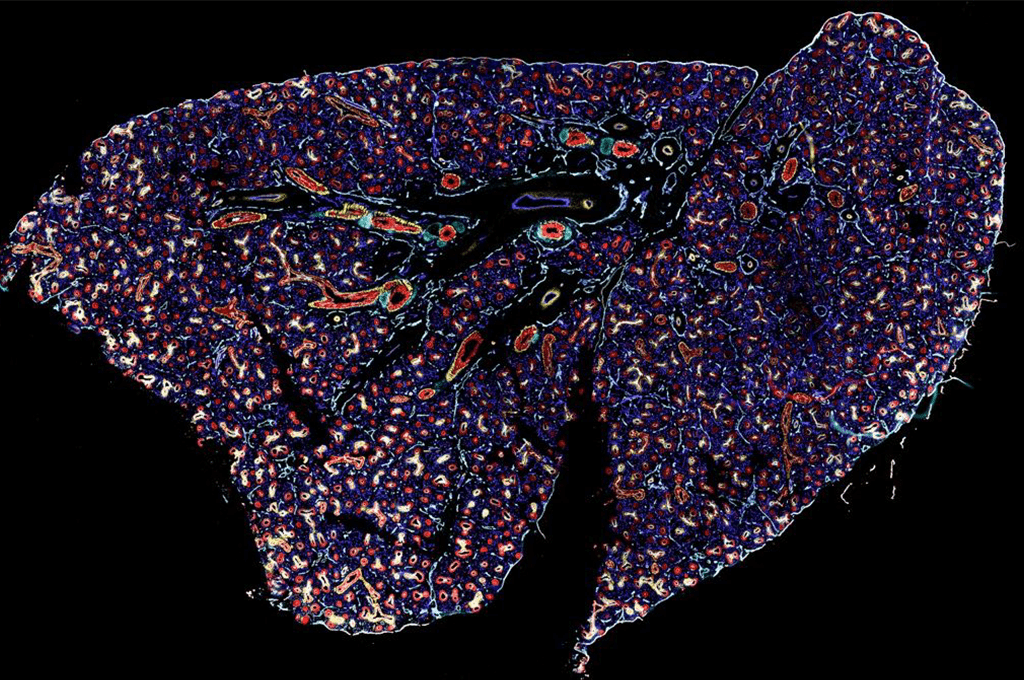Mapping the genome of the Aspen tree
After almost ten years of work, an international team, lead by researchers at Umeå University/SLU, has mapped the entire genome of two species of Aspen trees. Mapping a species’ gene set is often considered the key piece of the puzzle in biology as, when it’s done, all sorts of studies can be performed. The mapping of the human genome made way for a broad range of breakthroughs in the 21st century’s medicine, and mapping the Aspen tree’s genome may lay the foundation for future studies within the area.
The sequencing of the genomes was performed at SciLifeLab’s NGI (National Genomics Infrastructure), and NBIS (National Bioinformatics Infrastructure Sweden) supported the project with computational assistance. As well as mapping the genome, 24 individuals of the European trembling aspen, 22 of the North American quaking aspen (Populus tremuloides) and, as a reference, 24 black cottonwood poplars were analysed, enabling the researchers to understand how the species have evolved and adapted to different environments.
The project has gathered researchers from Sweden, Norway, England, Belgium, Italy and South Korea and has taken quite some time, as it has proven to be more difficult than initially thought and has expanded in scope. It has also produced several spin-offs over the years, like plant genome databases that are now used worldwide.
“This is a real milestone, the huge variation in aspen is a great resource for understanding evolution and the genome sequence gives ut the tools needed to unlock this information”, Pär Ingvarsson, Professor in Plant Genomics and Plant Breeding, SLU (Swedish University of Agricultural Sciences), says in an article from Umeå University.
More information: news article from Umeå University and scientific paper in PNAS (Proceedings of the National Academy of Sciences of the United States of America).





